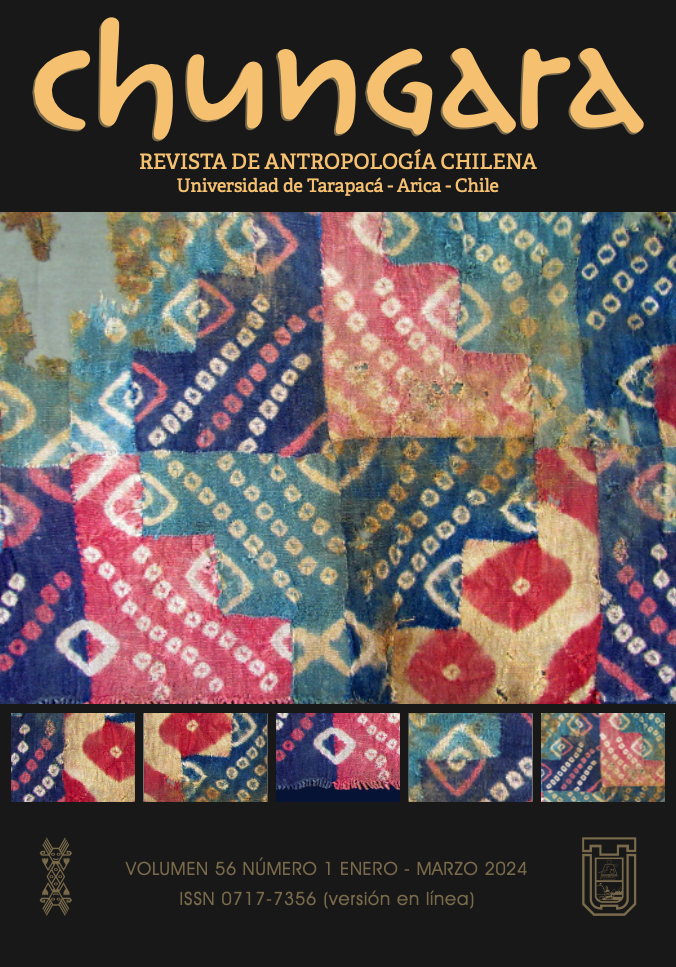20245601(en)/3 - Systematic Aerial Imaging and Documentation of the Archaeological Site of Huari: An Update and Perspectives for the Future
SYSTEMATIC AERIAL IMAGING AND DOCUMENTATION OF THE ARCHAEOLOGICAL SITE OF HUARI: AN UPDATE AND PERSPECTIVES FOR THE FUTURE
IMÁGENES AÉREAS SISTEMÁTICAS Y DOCUMENTACIÓN DEL SITIO ARQUEOLÓGICO DE HUARI: UNA ACTUALIZACIÓN Y PERSPECTIVAS PARA EL FUTURO
Justin Jennings, Steven Wernke, Stephen Berquist, Felipe Gonzalez Macqueen, Natalie Robbins, Giles Spence-Morrow y James R. Zimmer-Dauphinee
The site of Huari, center of a vast expansionist political formation, was the largest city ever constructed in Pre-Columbian South America. The city existed for approximately four hundred years during the Middle Horizon (600-1000 CE). Noted as an early center of Andean civilization by Cieza de León en el siglo XVI, and first investigated by Julio C. Tello in 1931, the importance of the site has been established through almost a century of archaeological research. Nonetheless, the very scale of the site itself has complicated understanding of its spatial organization. To date, only sketch plans from aerial imagery of the city exist, with some sectors better documented through field-based cartographic survey. To better understand the site, the Royal Ontario Museum and Vanderbilt University organized a joint documentation and modeling project in 2017 that covered the more than 2 km2 portion of the site that contains standing architecture. This article discusses the history of Huari mapping and documentation projects prior to 2017, as well as the methodology we used to acquire and process orthomosaics of Huari largely through the use of drones (UAVs). Our project produced imagery across much of the settlement at a resolution as high as ~3 cm that is now available for exploration and download at www.huarimappingproject.org. The platform can be updated as more imagery becomes available. The orthomosaics, as well as models derived from them, can be used to support future research and heritage preservation programs.







